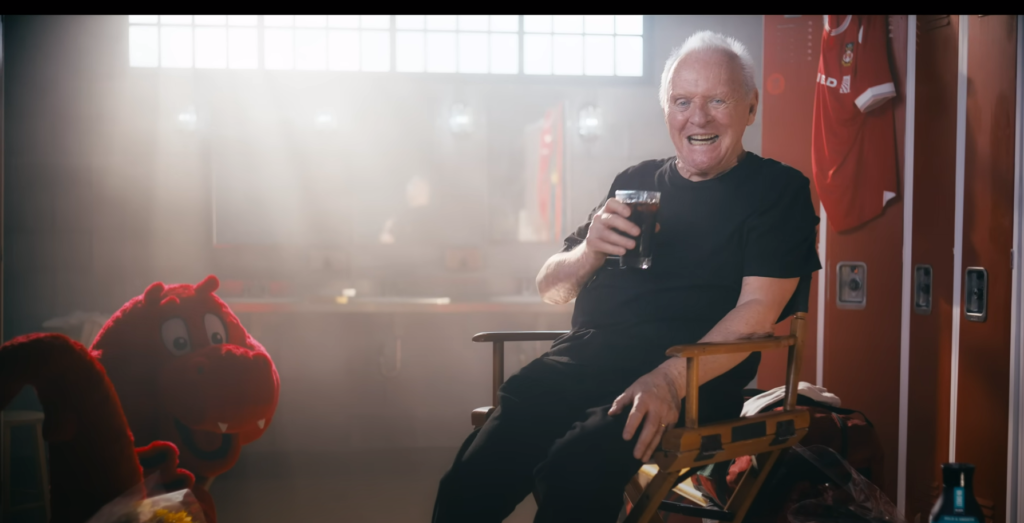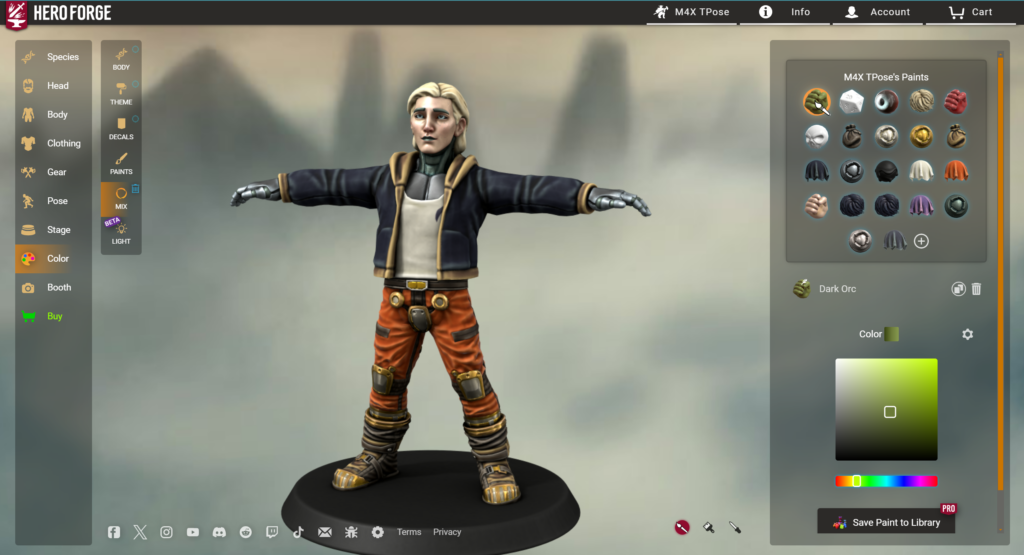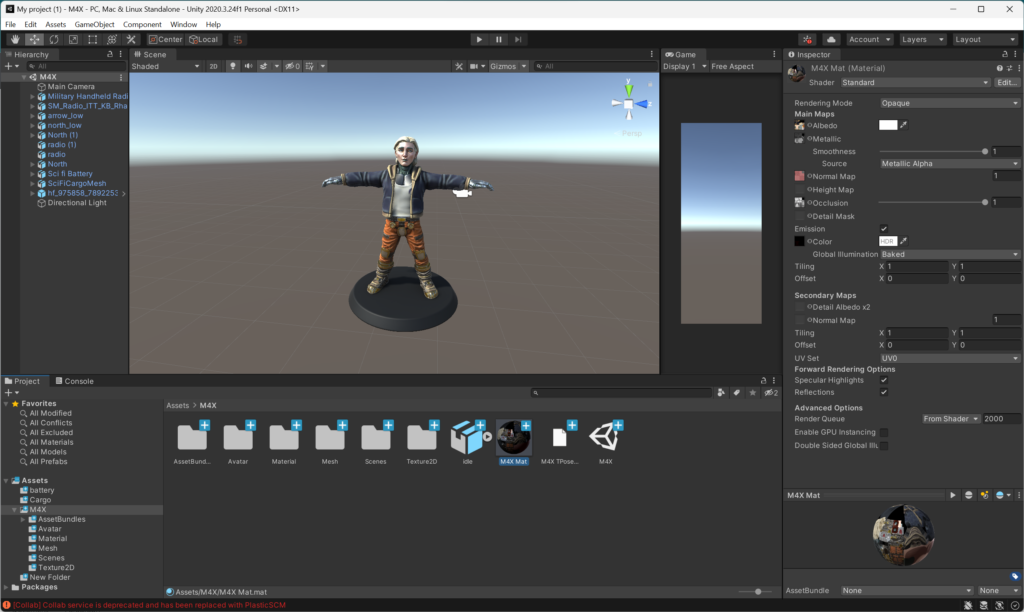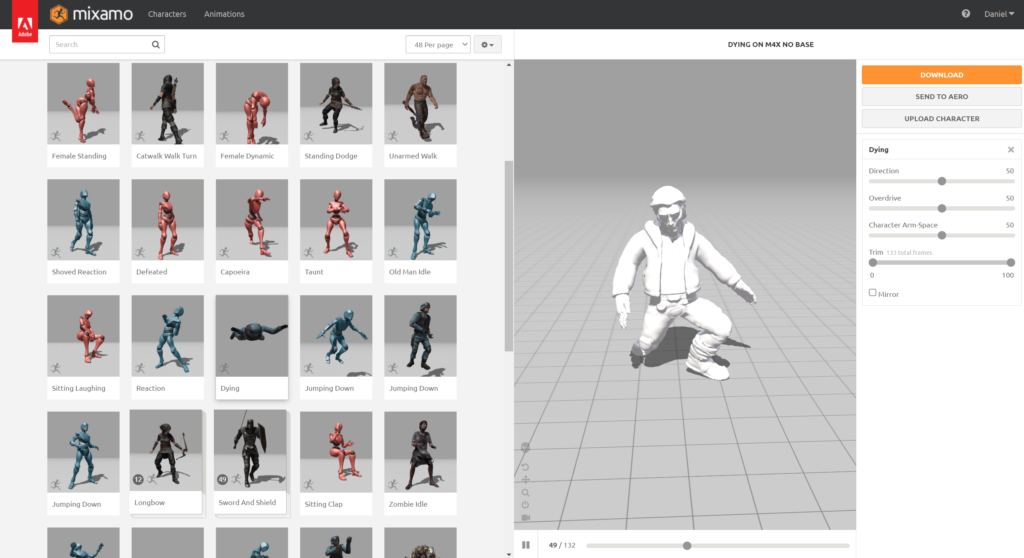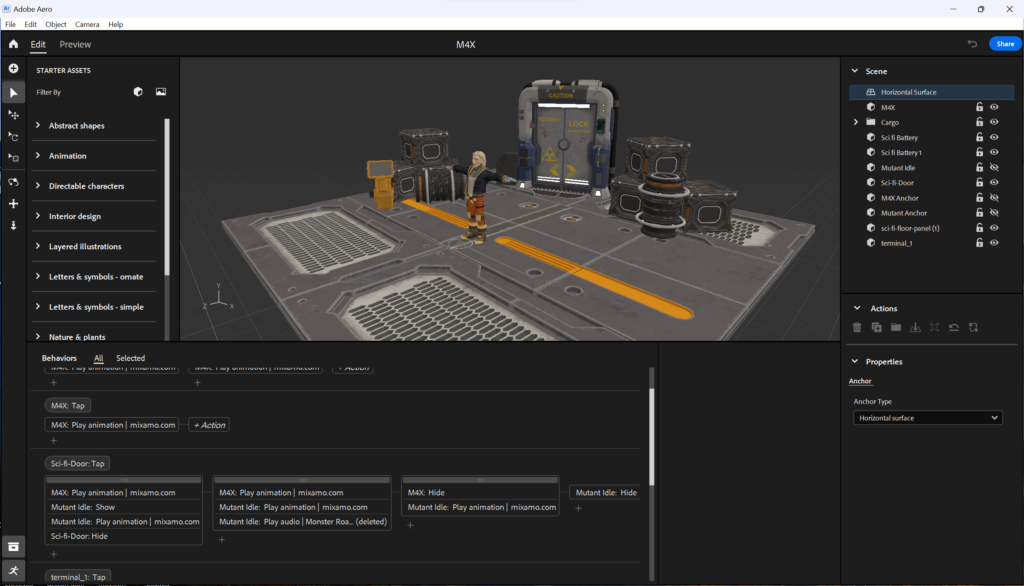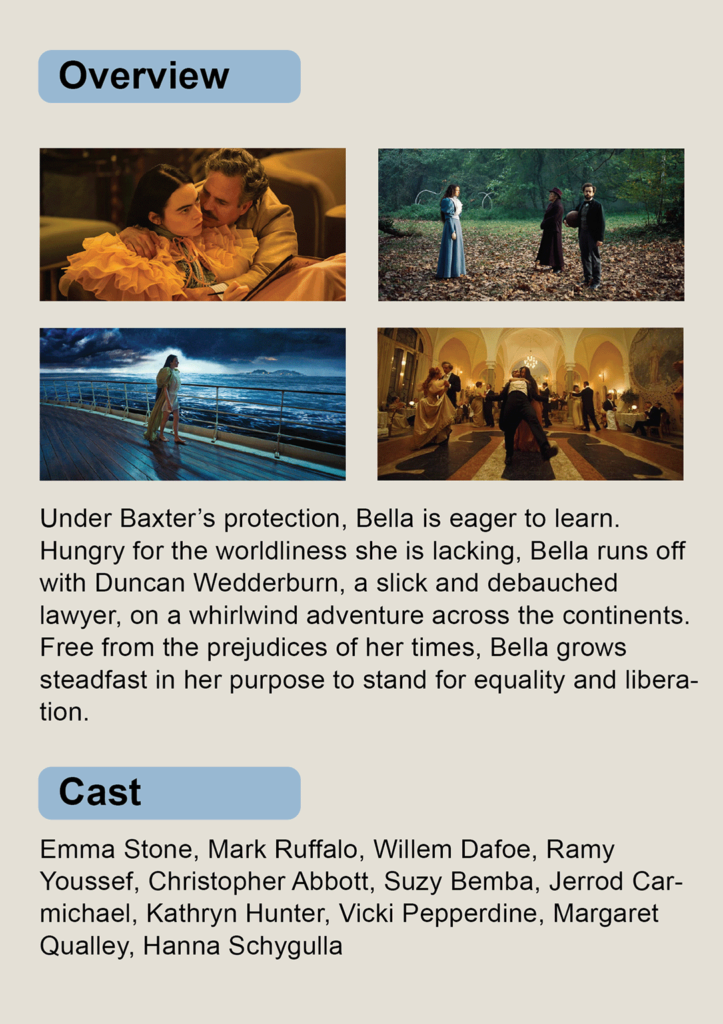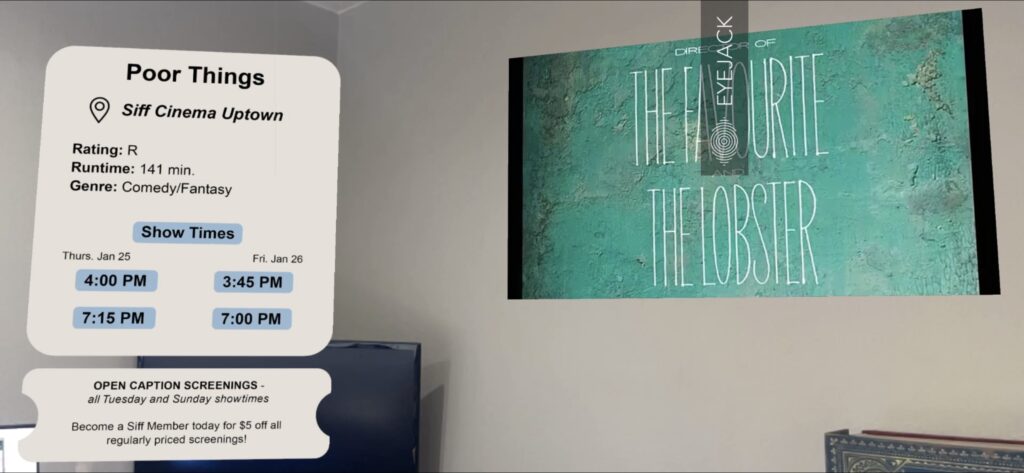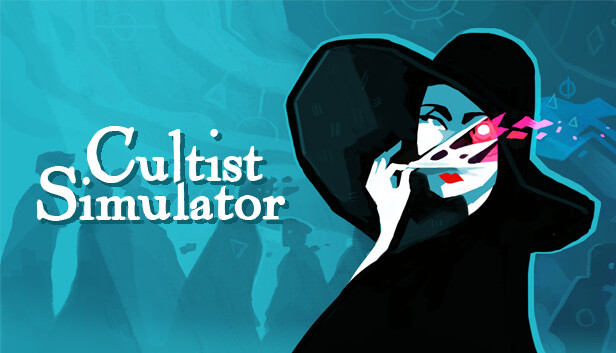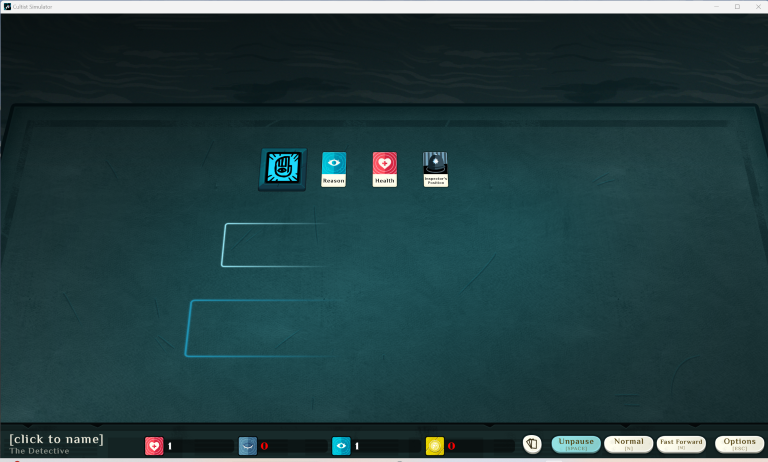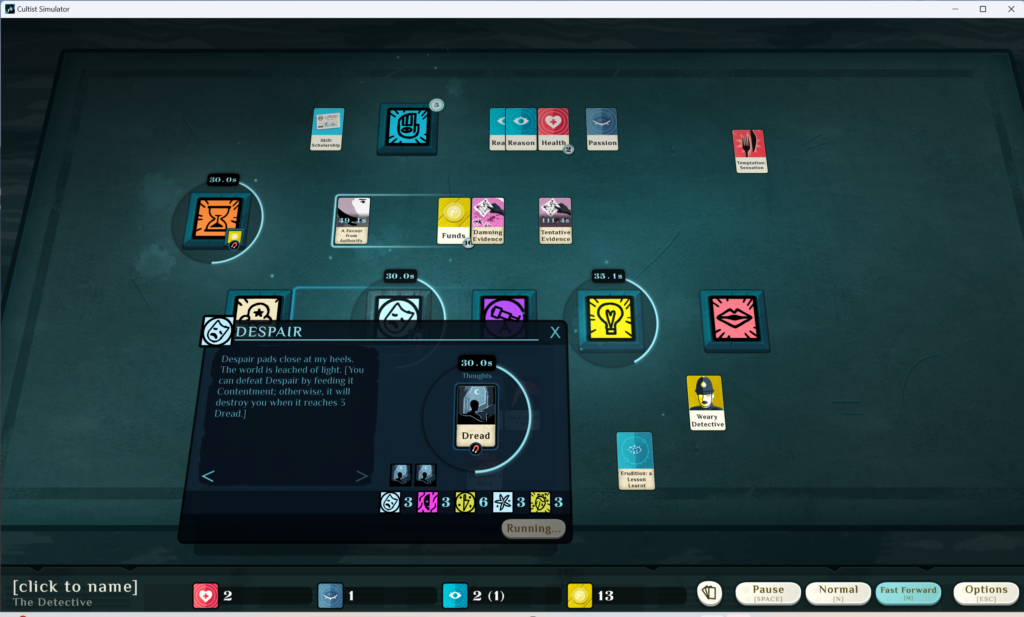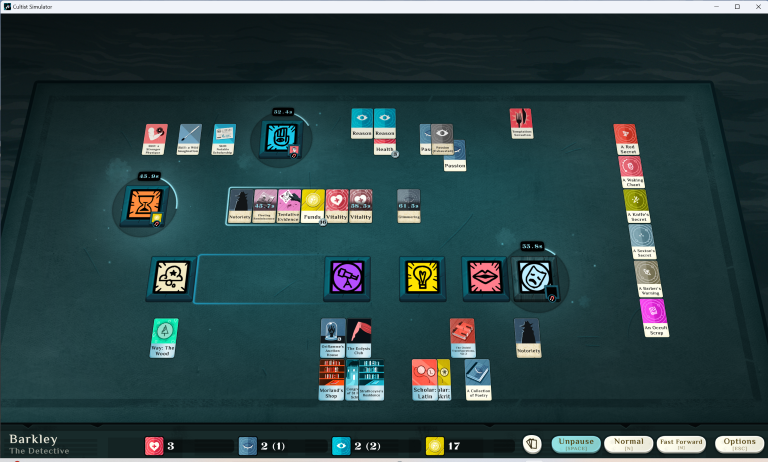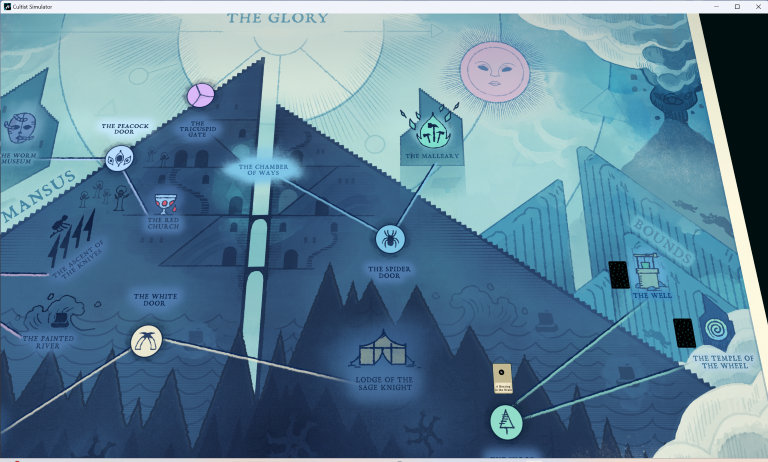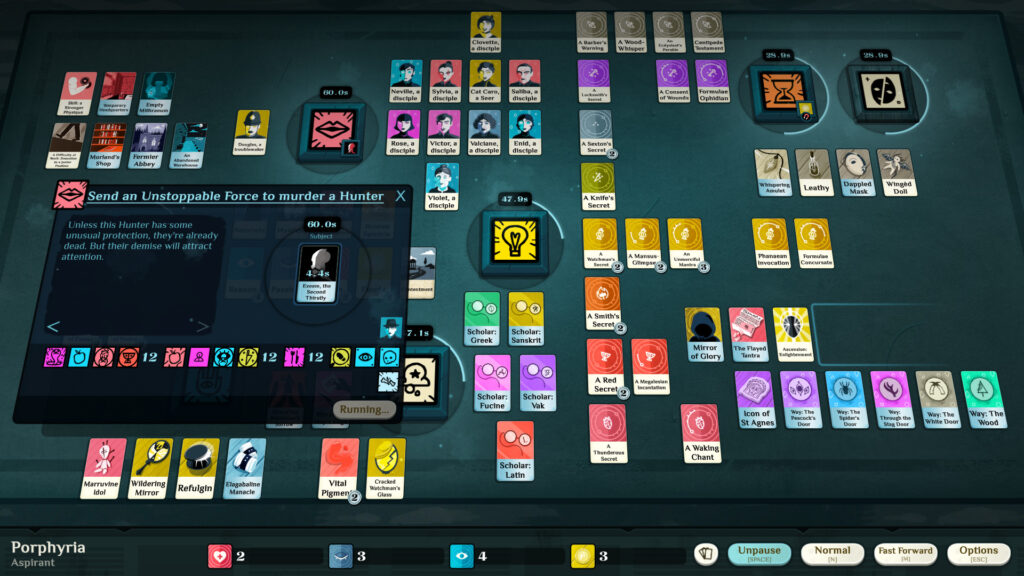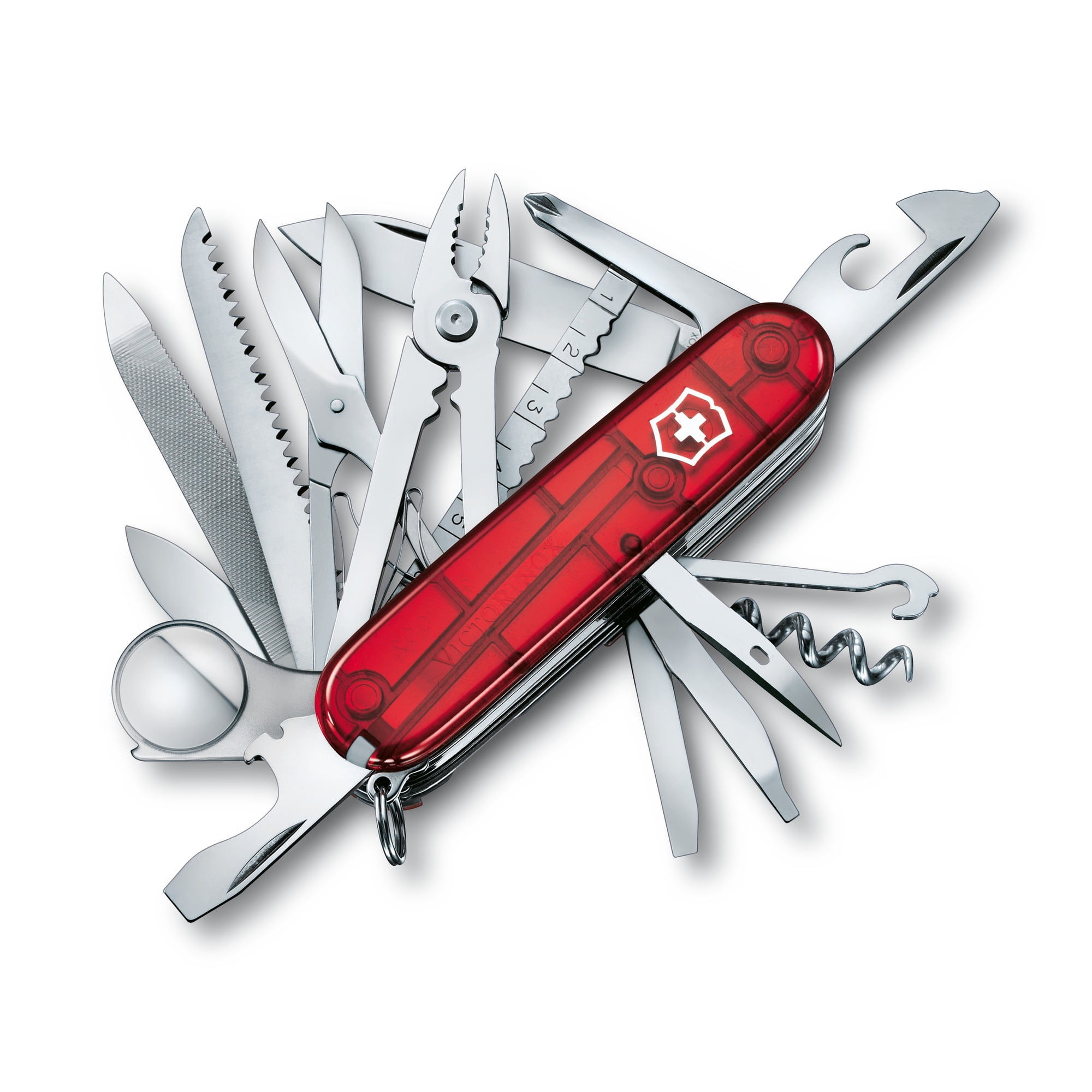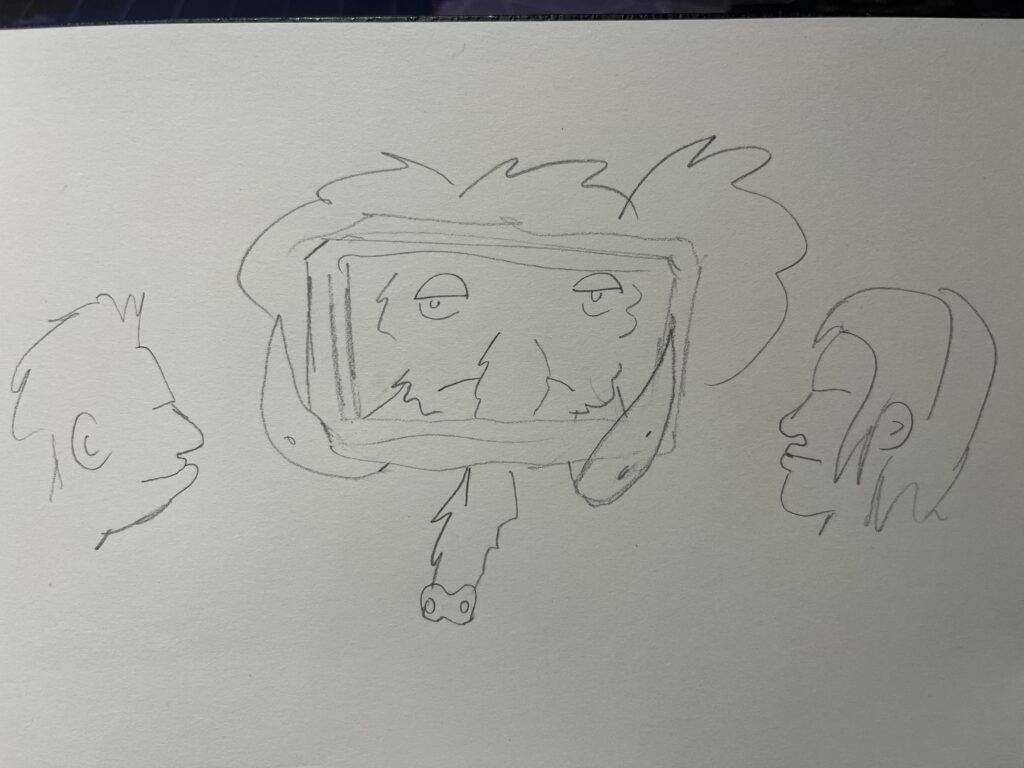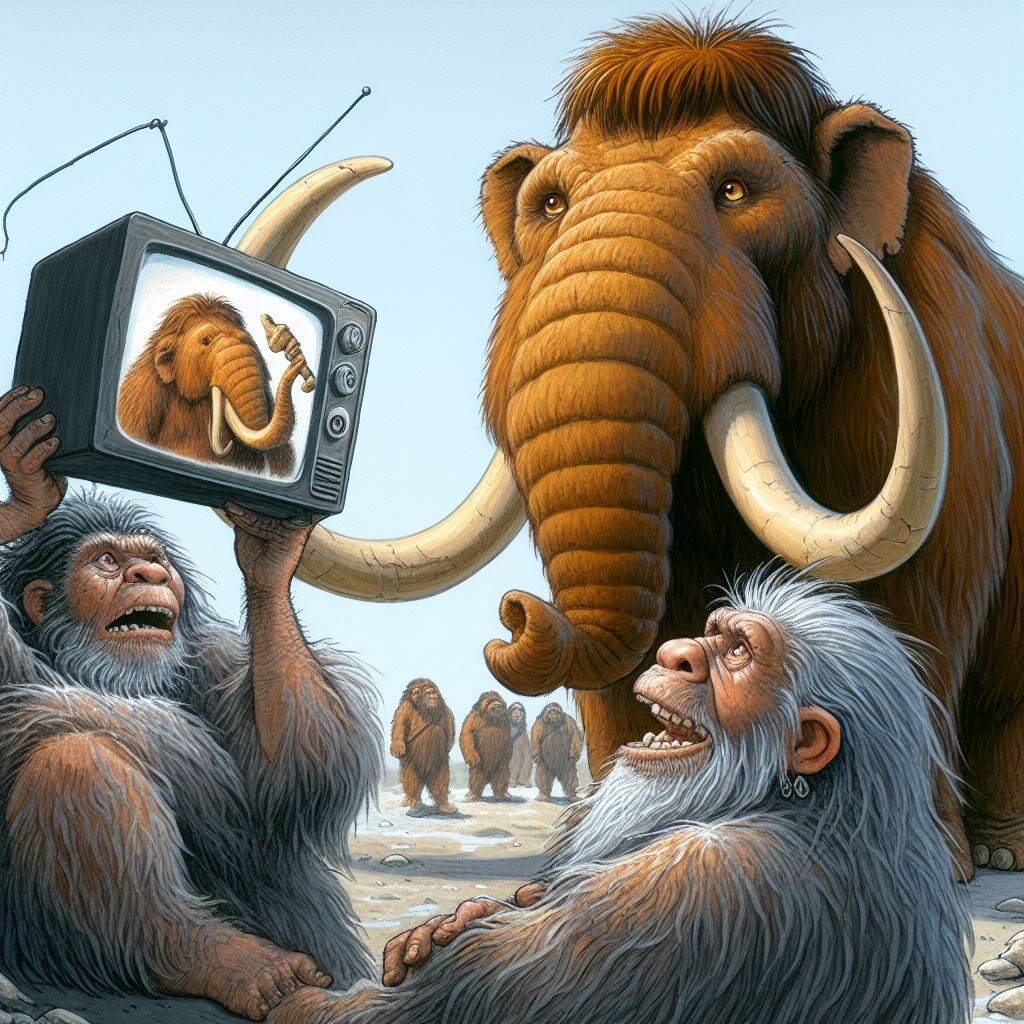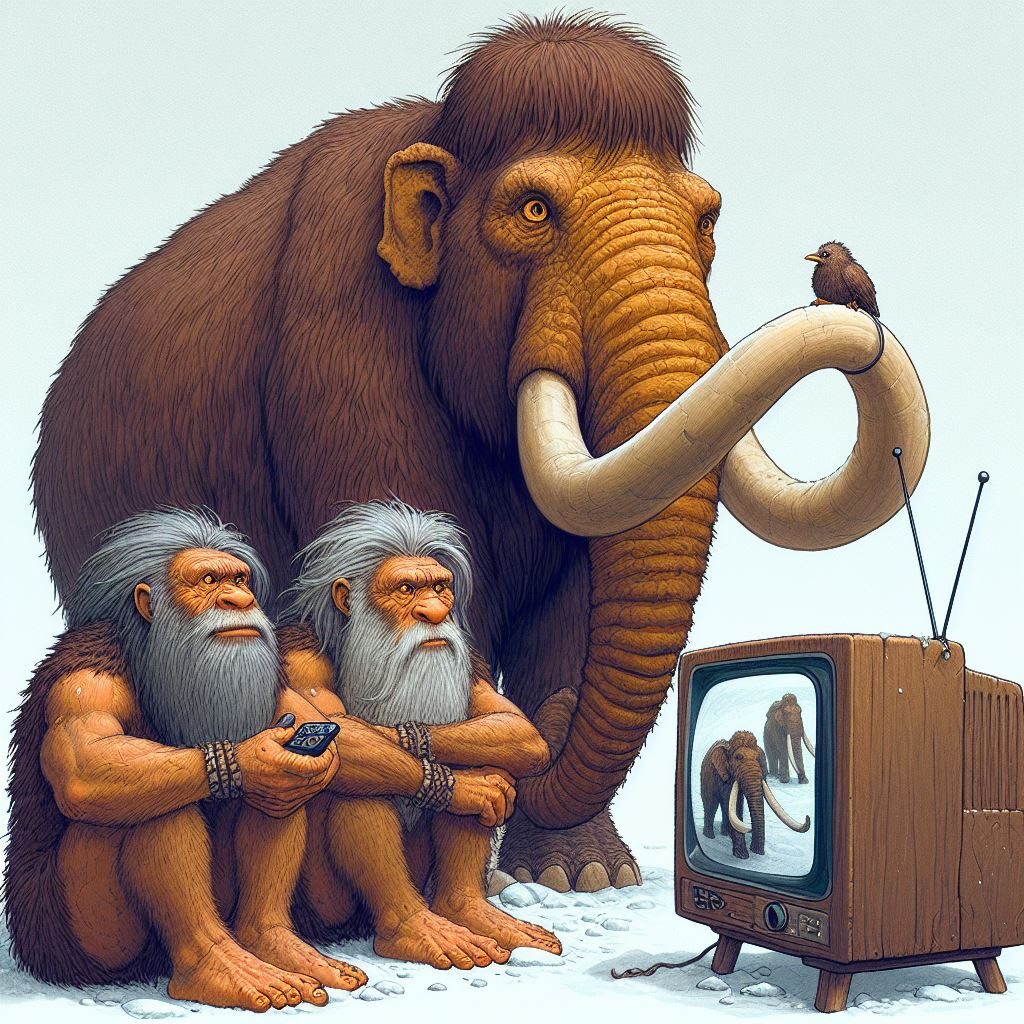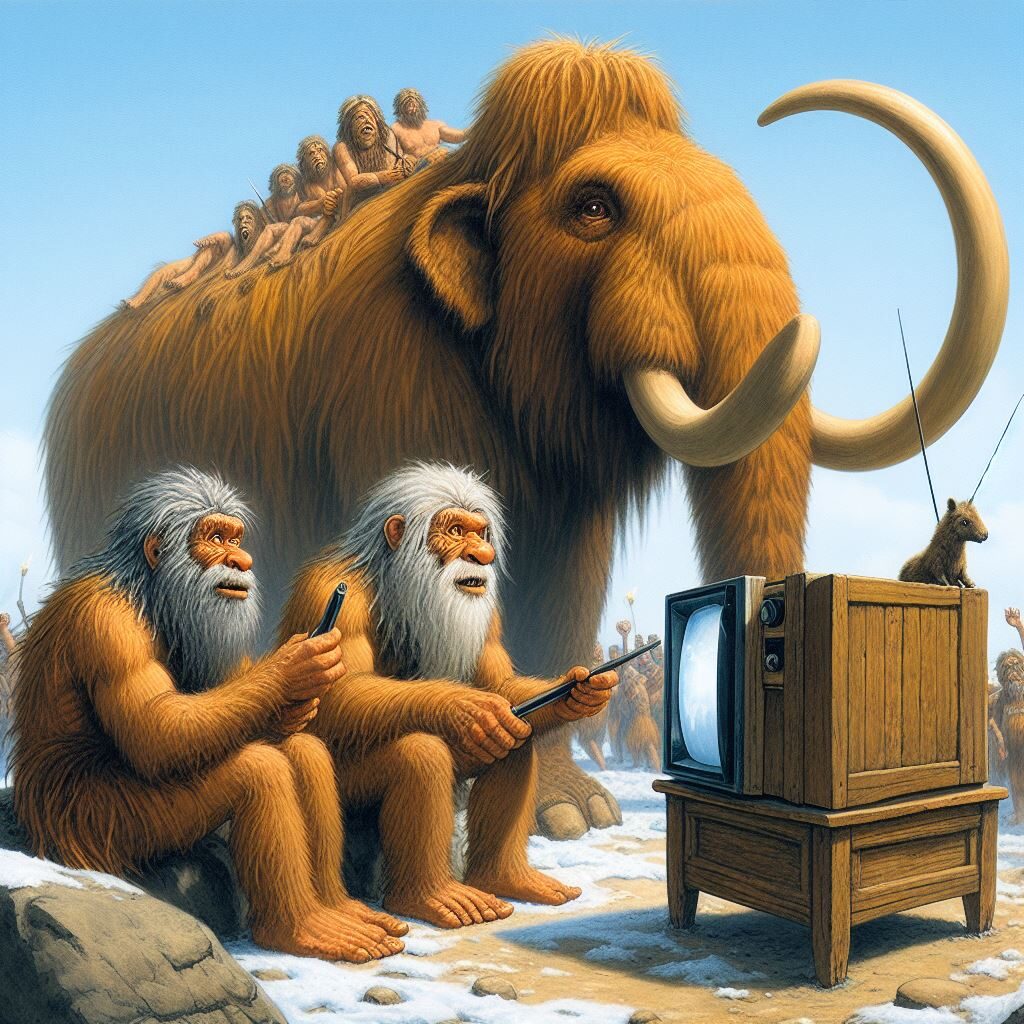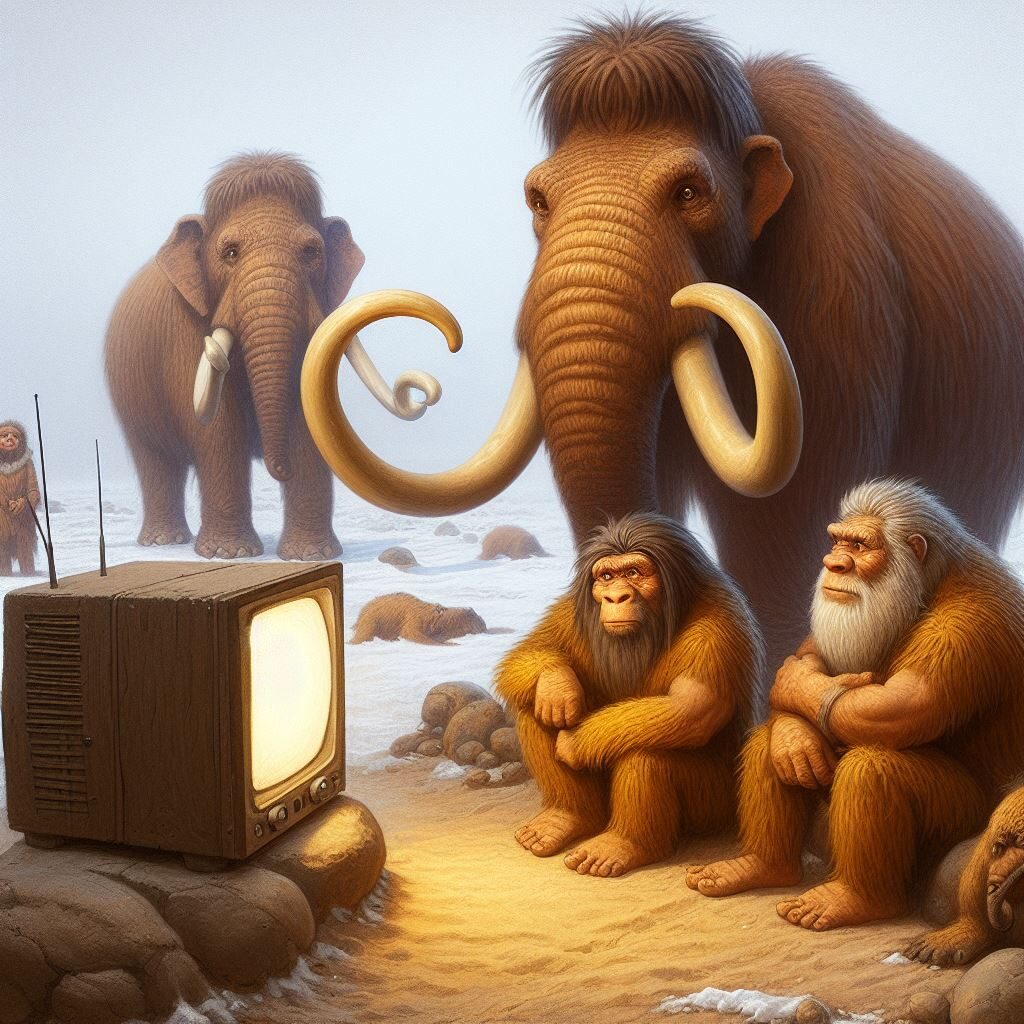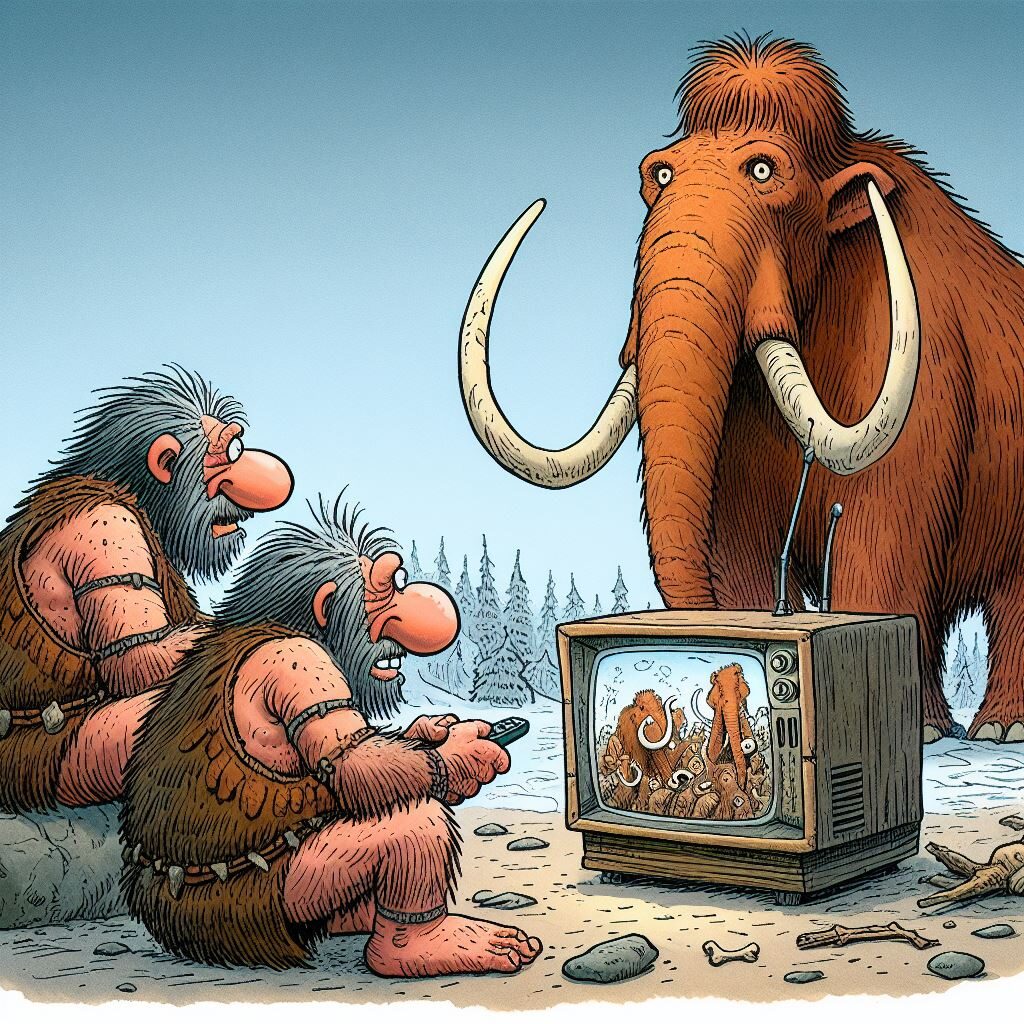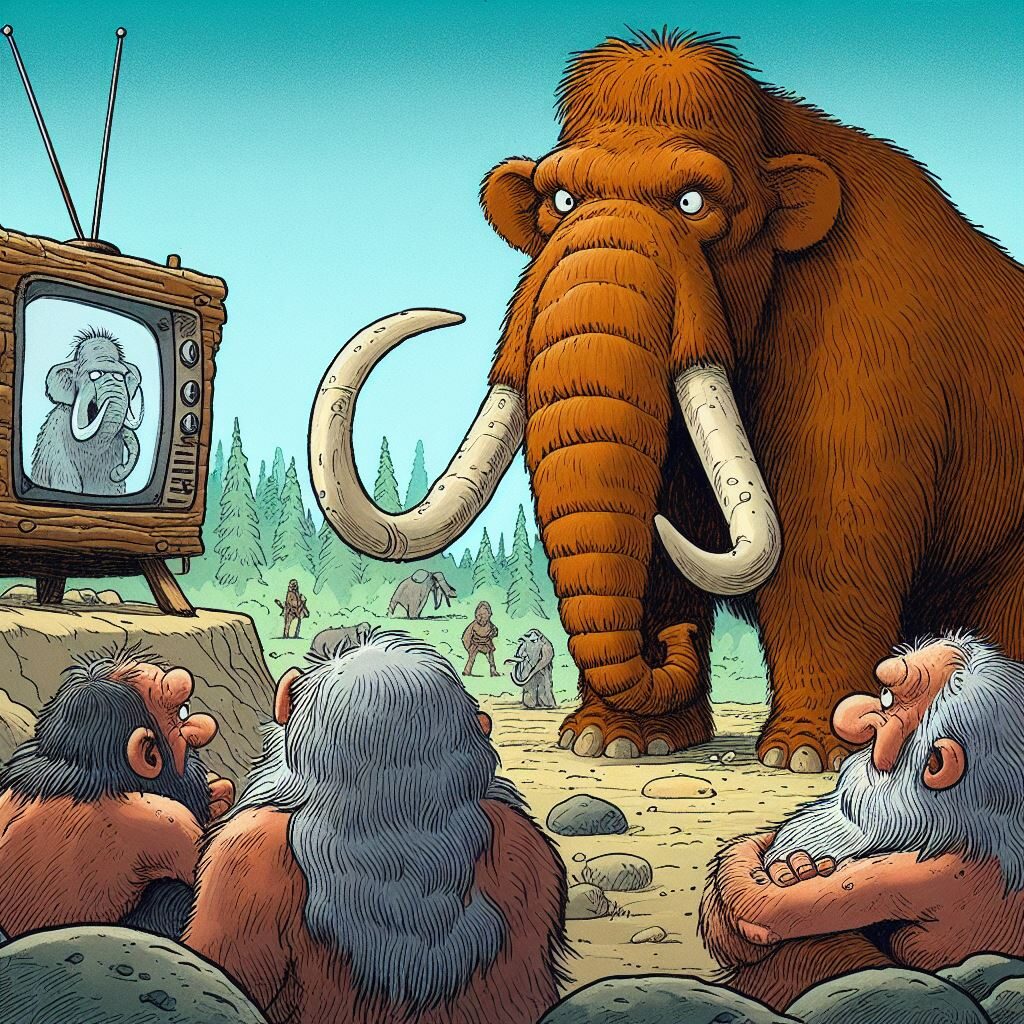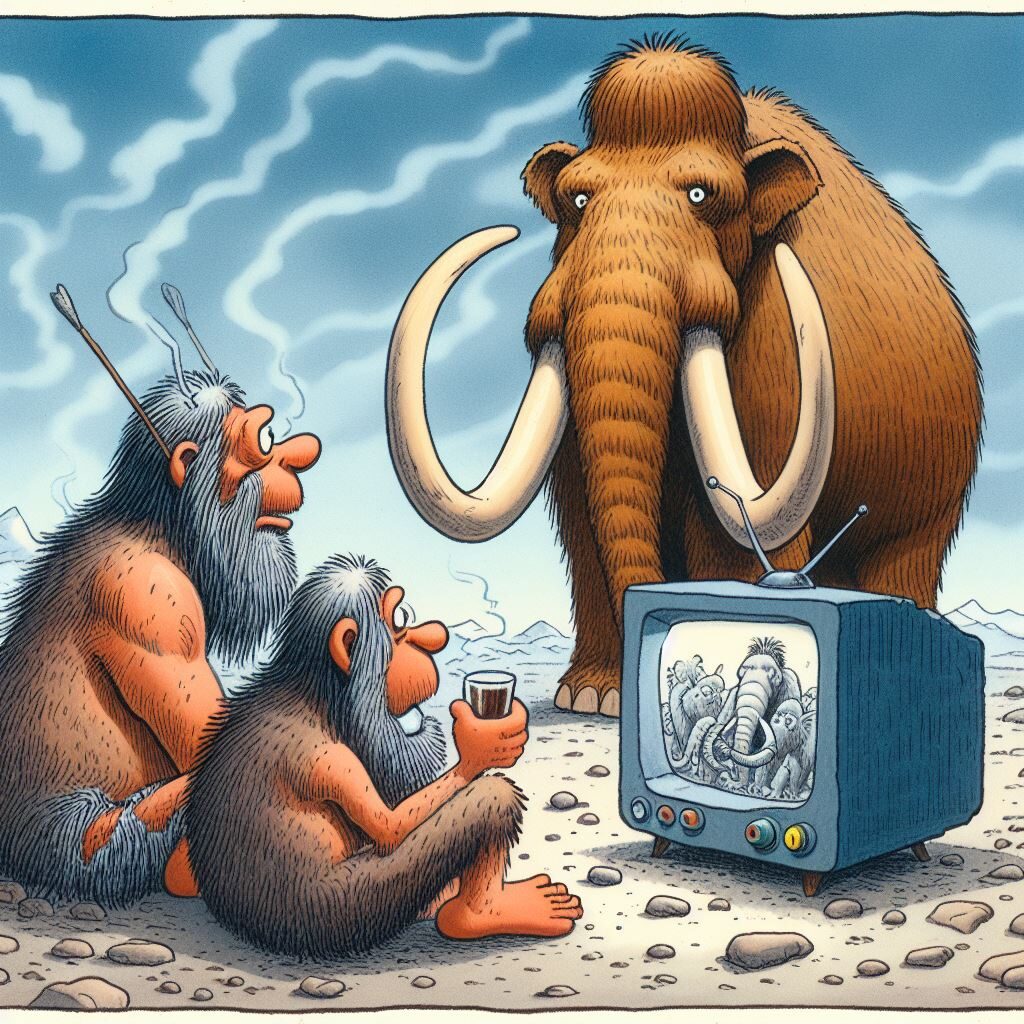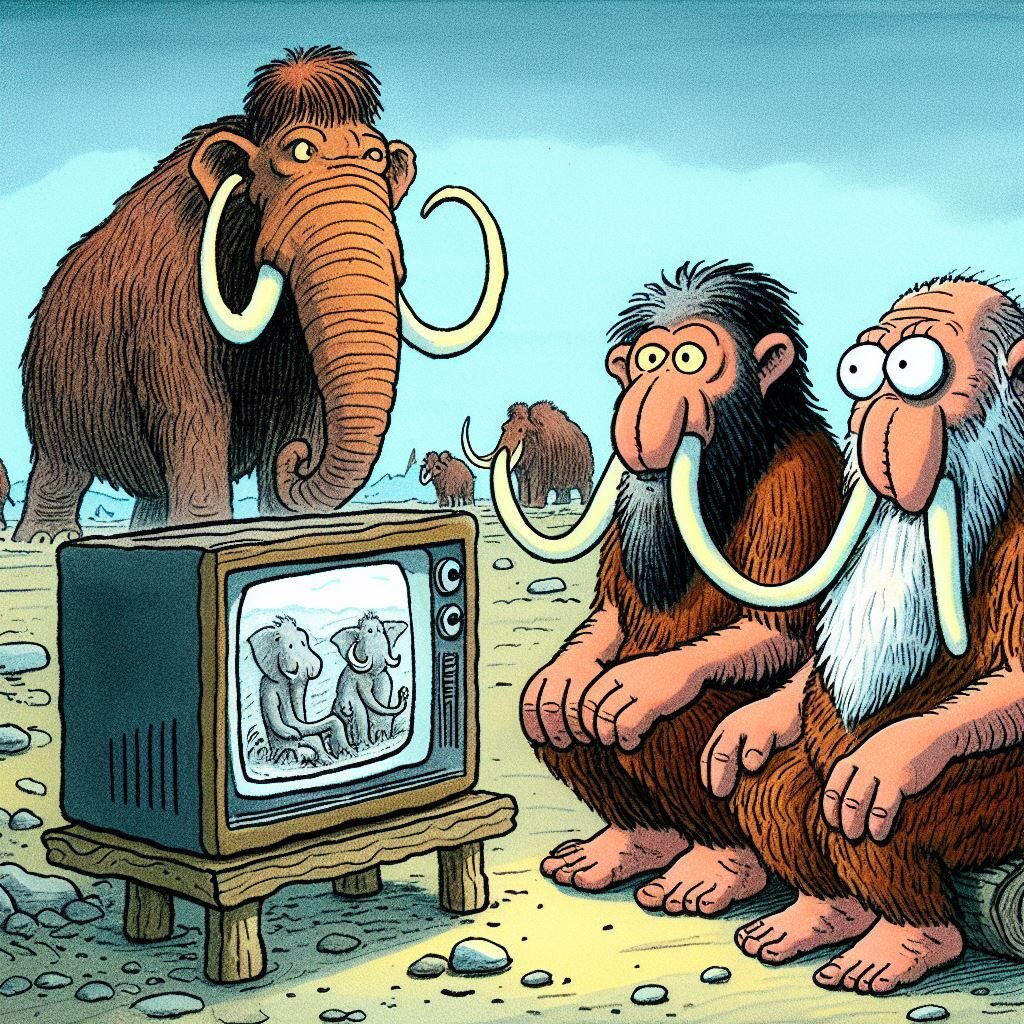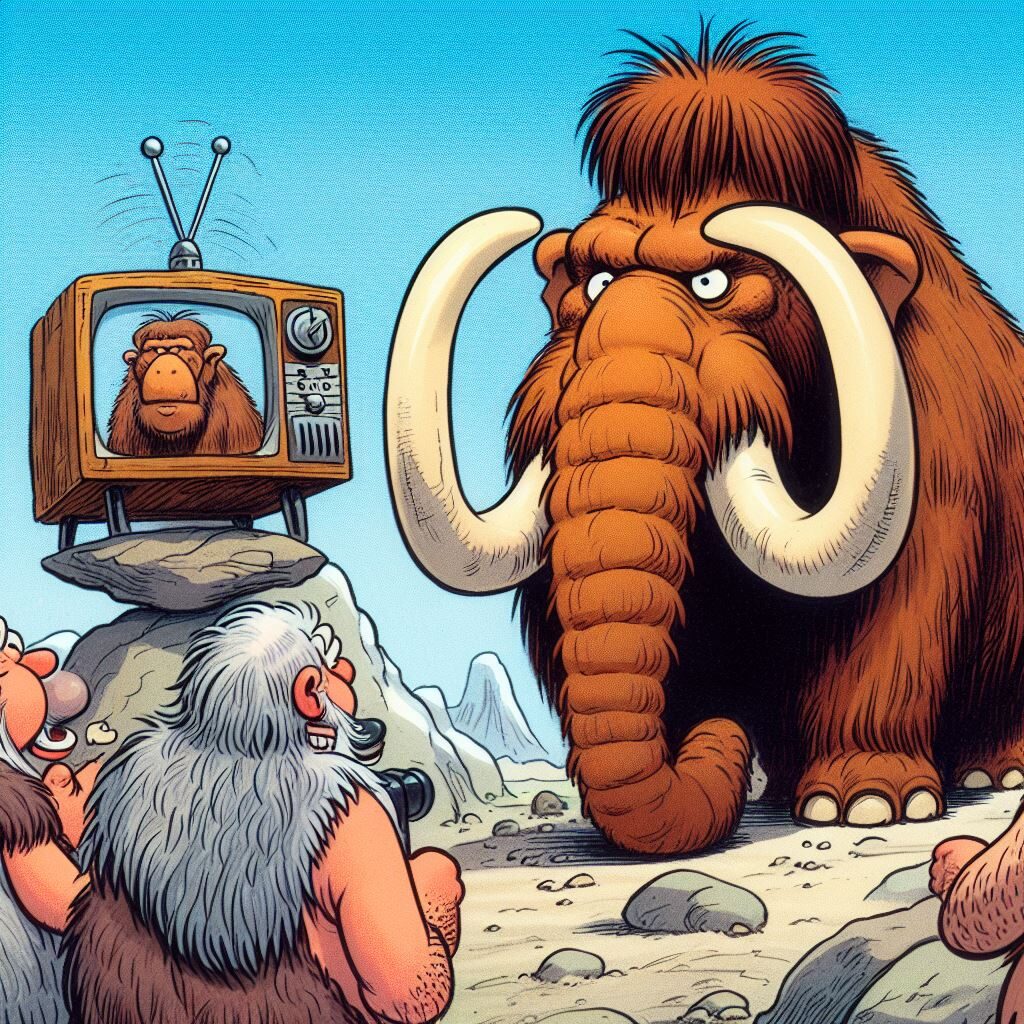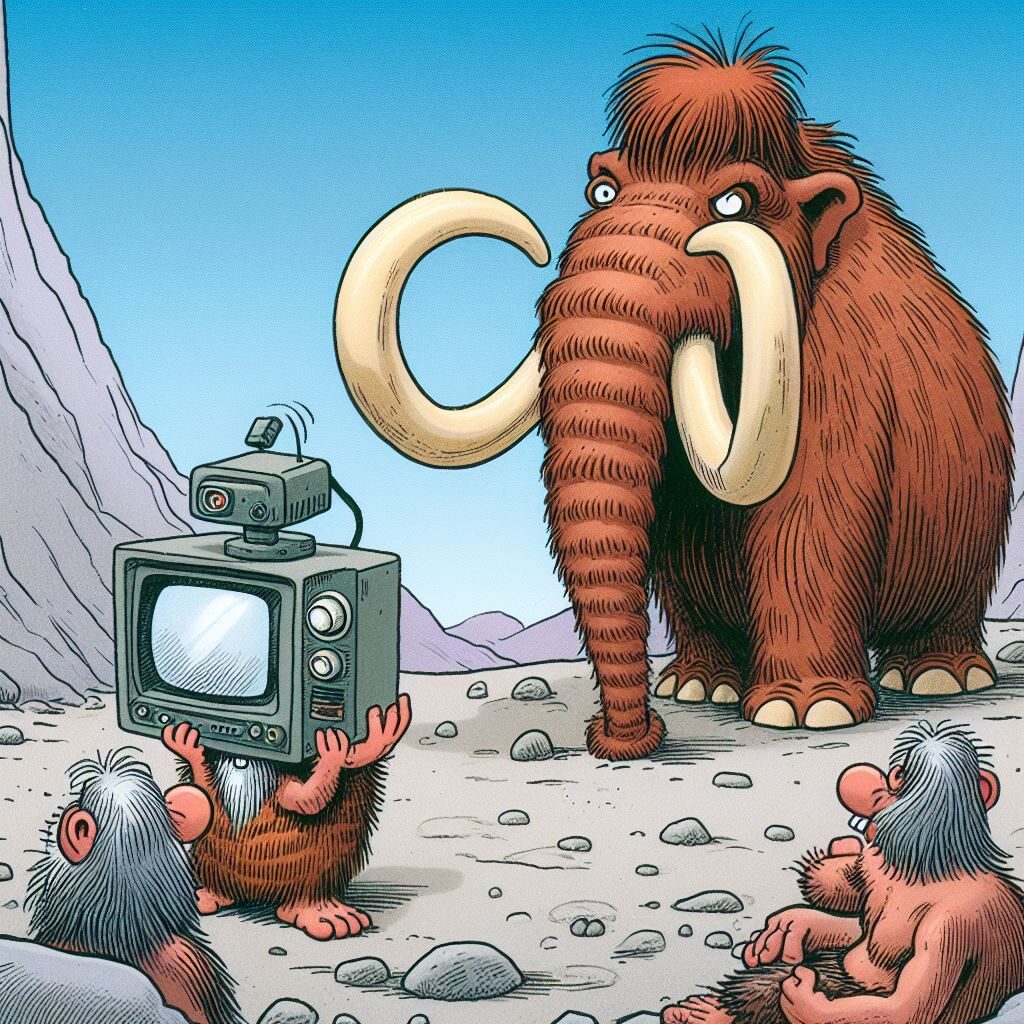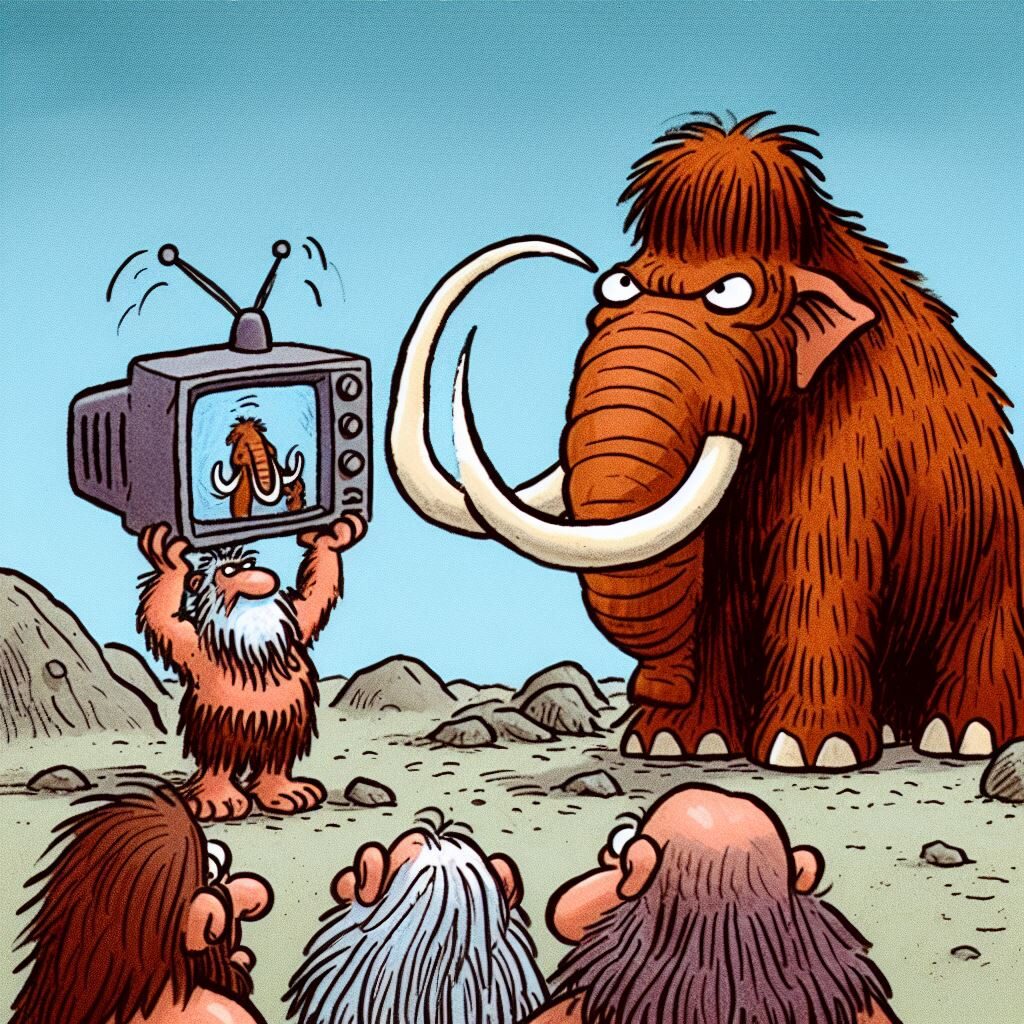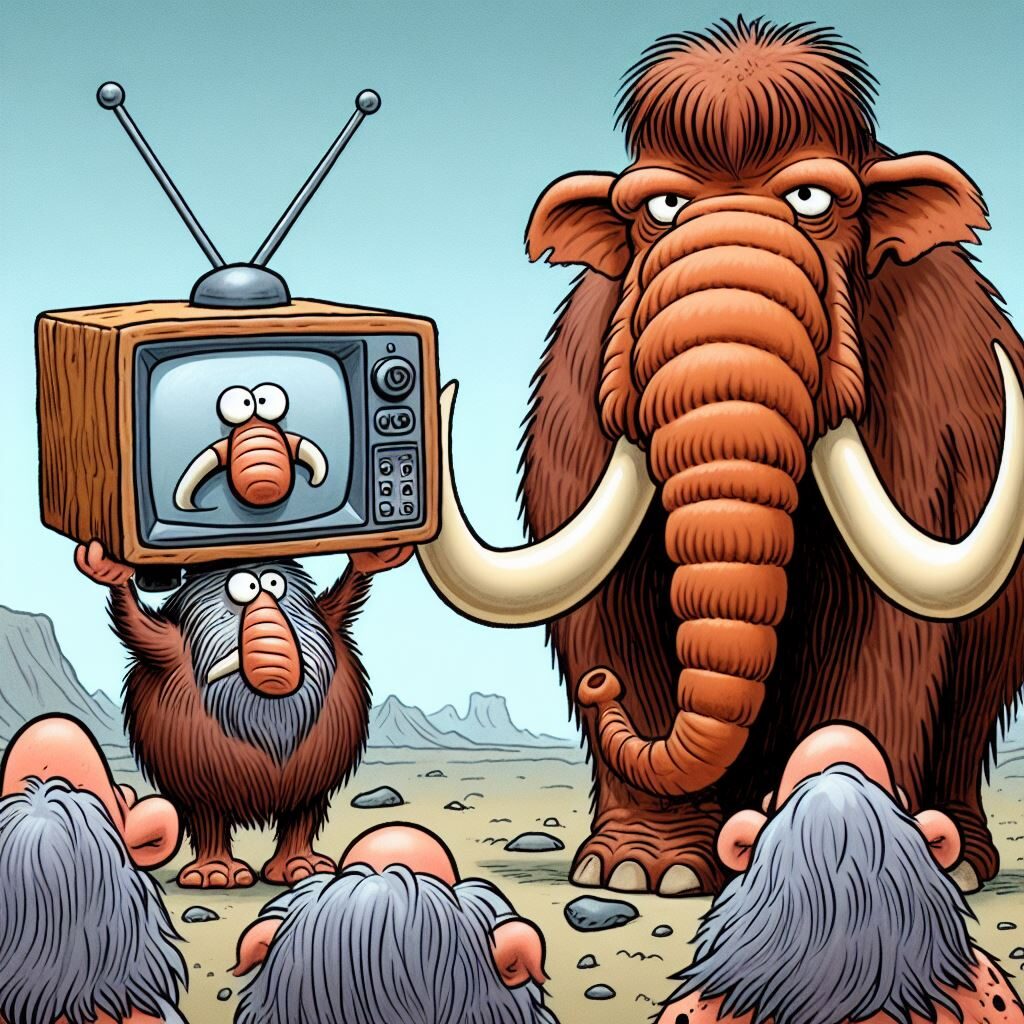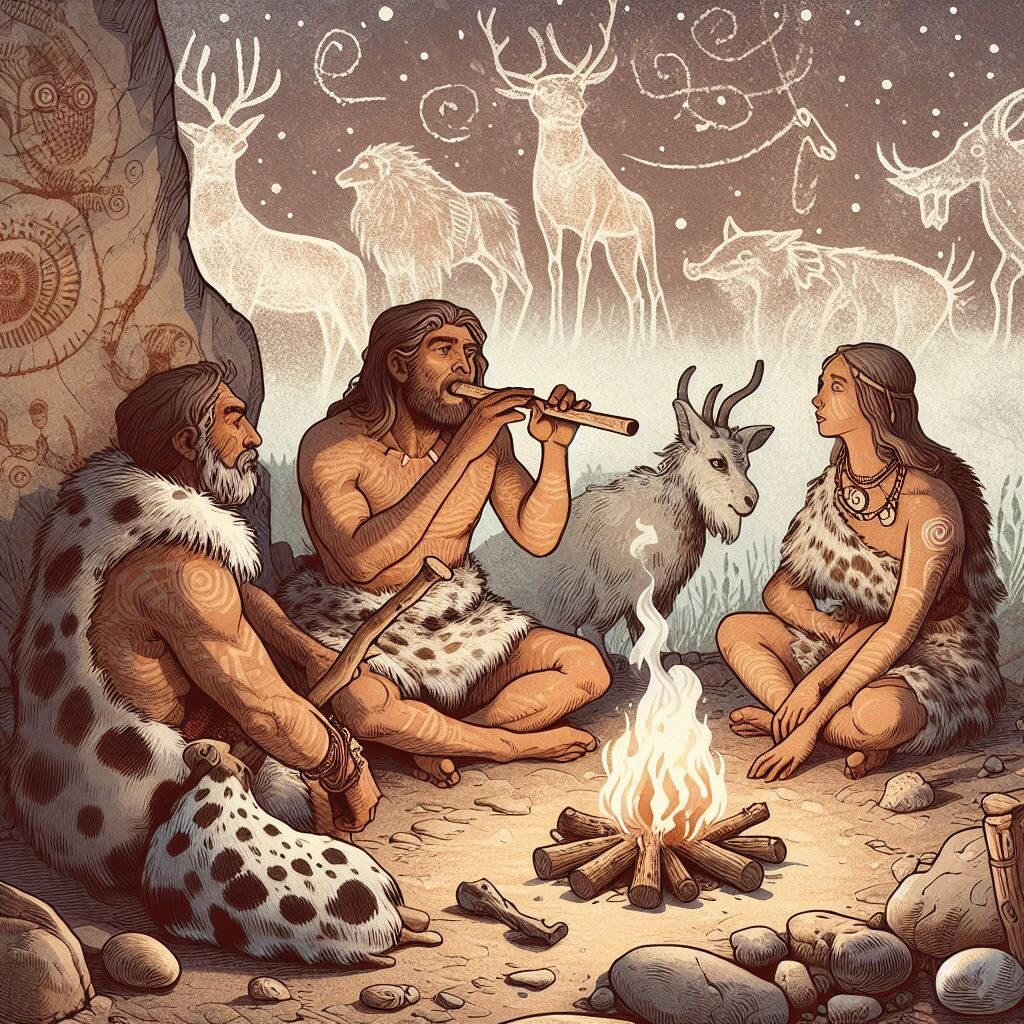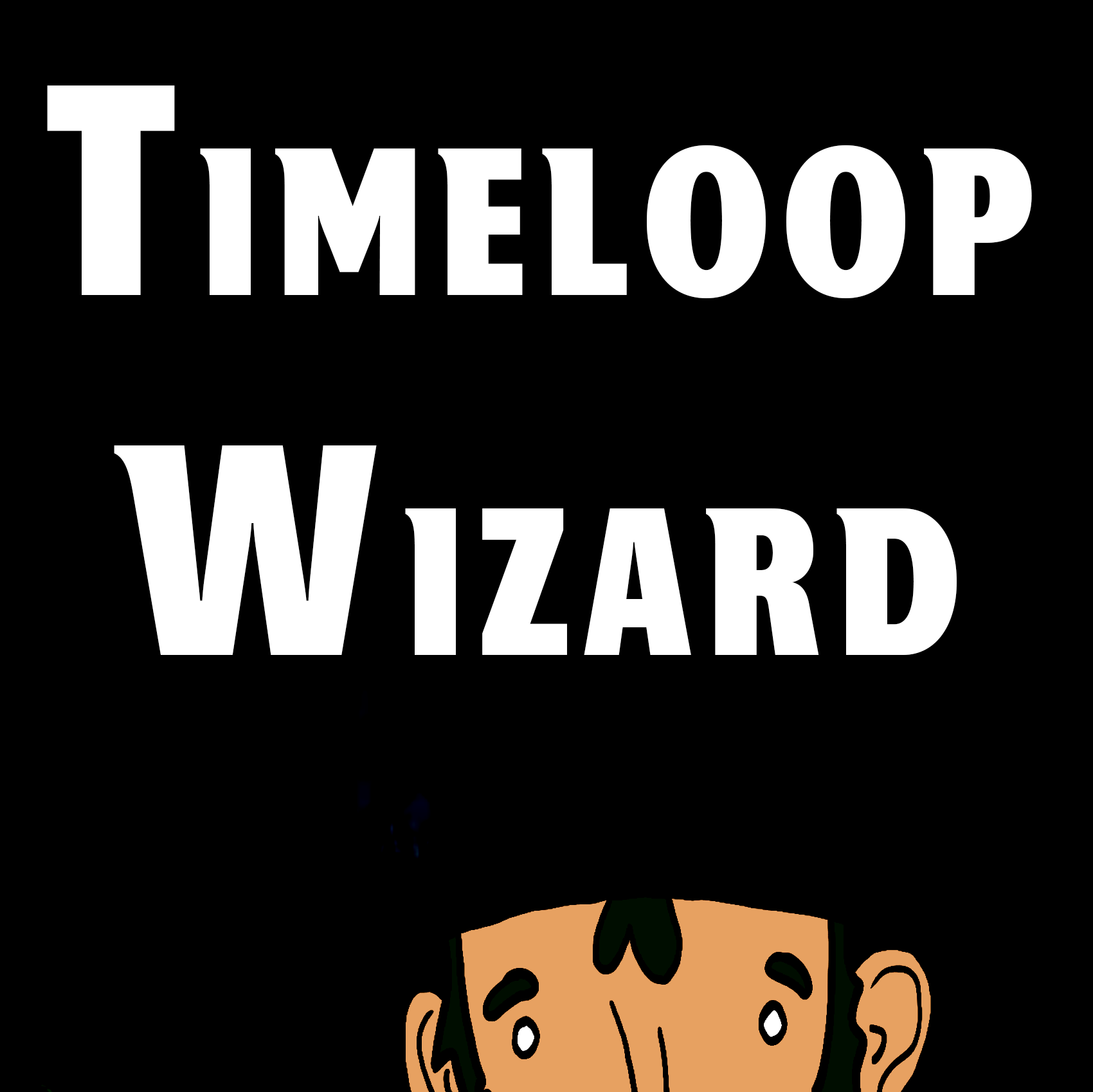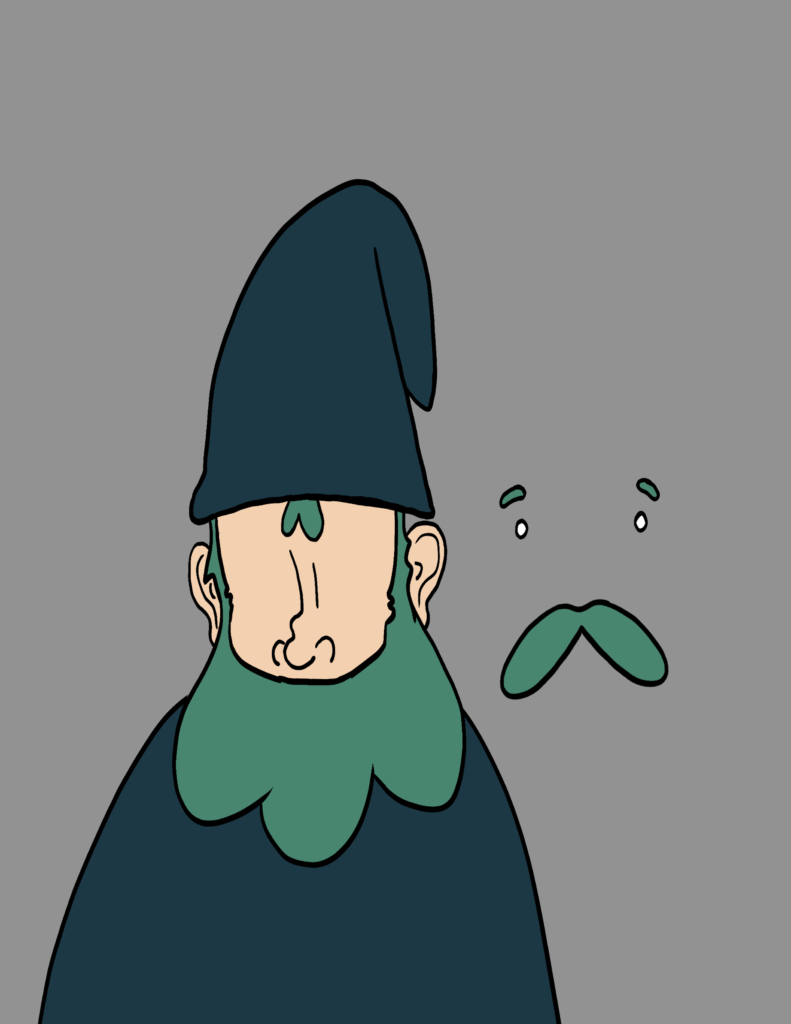Let’s talk Superbowl Commercials
The Superbowl is famous for having excellent ads; other than a few notable viral hits people rarely go out of their way to look up ads. Speaking as someone who has never seen a Superbowl I can tell you that I have actively looked up Superbowl commercials in the past. Here’s 5 arbitrary ads I found in a Youtube video, including the two I’m going to highlight:
- Anthony Hopkins gives the performance of his life for some Cold Brew
- The Coors Light train ruins a bunch of dry things and crashes into a family’s home
- Vince Vaughn and Tom Brady encourage sports betting
- Martin Lawrence lifts a golf cart over his head with the help of Oikos’ greek yogurt
- The Budweiser clydesdales risk their lives to deliver some beer
Stunning.
Oikos Gives You Super Strength
In this ad Martin Lawrence and his buddy Shannon Sharpe crashed their golf cart into a pond. Mr. Sharpe recommends a tow truck but Martin Lawrence, enraged by his friend’s poor driving and boosted by the power of Oikos’ incredible protein-packed yogi, lifts the cart over his head and carries it out of the pond. Wow.
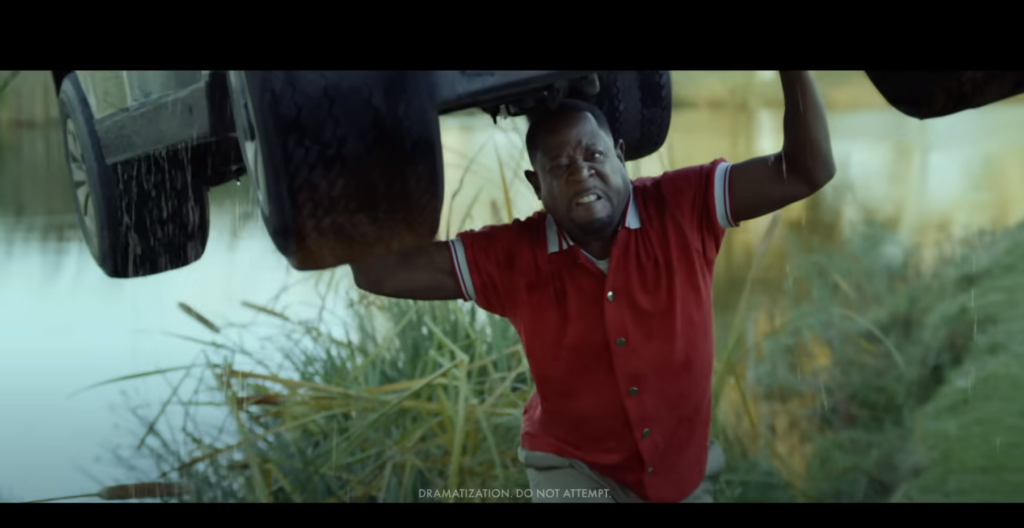
Pros
Snappy dialogue. The banter gets you right into the story and the actors are giving pretty good performances. I gather that Shannon Sharpe is a sports guy, not an actor, but he actually holds his own for the brief runtime. Martin Lawrence is of course wonderful.
It’s pretty funny. I love the absurd premise, it brings me joy. Eat Oikos, get strong enough to lift a golf cart. Simple.
Cons
For the amount of money they spent on the ad I’m sure they could have made lifting the golf cart look better. As it is it looks like its being held by a wire over Martin and while he does his best to sell it, it looks bad.
Personally I think the ad stands on its own without the added sting at the end with generic music and a narrator telling you Oikos makes you strong. You don’t have to tell us, I just SAW Martin Lawrence lift a golf cart.
Sir Anthony Hopkins Unleashes the Dragon
I’m just glad I got to hear some acting advice from the great Anthony Hopkins. Actually, I’m also glad to see he’s still alive; I could have sworn he had passed. For this ad academy award-winning actor Sir Anthony Hopkins prepares for his greatest acting challenge yet: being a football mascot. I had to double check this was a superbowl ad because he’s definitely running around a football field, not a football field. Anyway, at 86 years old it turns out his strength and agility on the field come from drinking Stok Cold Brew.
Pros
It’s funny. Sir Hopkins’ delivery and the cinemetography make you feel like he’s prepping for a big dramatic role, he’s actually running around in a dragon costume, everybody chuckles. I like a funny ad and I like an ad with a story to tell. This one delivers. And obviously, Anthony Hopkins delivers a performance worthy of 10 superbowl ads.
I also just think it’s shot well, especially in the beginning. It really highlights the pretentiousness of the first half before they give you the reveal.
Cons
No notes. I’m trying to find something to comment on. I think if you took out the fact that it was an advertisement this would function as just a great comedic sketch. The bit feels slightly disconnected from the product, but only just. It still makes me want to buy the cold brew, but I’m a sucker for cold coffee.
If I had to nit pick, the cinemetography and editing fall a little flat when we’re following (clearly not Anthony Hopkins in) the dragon costume on the field. The editing jumps around around, lighting feels off, crowd looks small. But that’s pretty minor.
Over all both ads are just solid additions to the always-wonderful superbowl commercial legacy.
